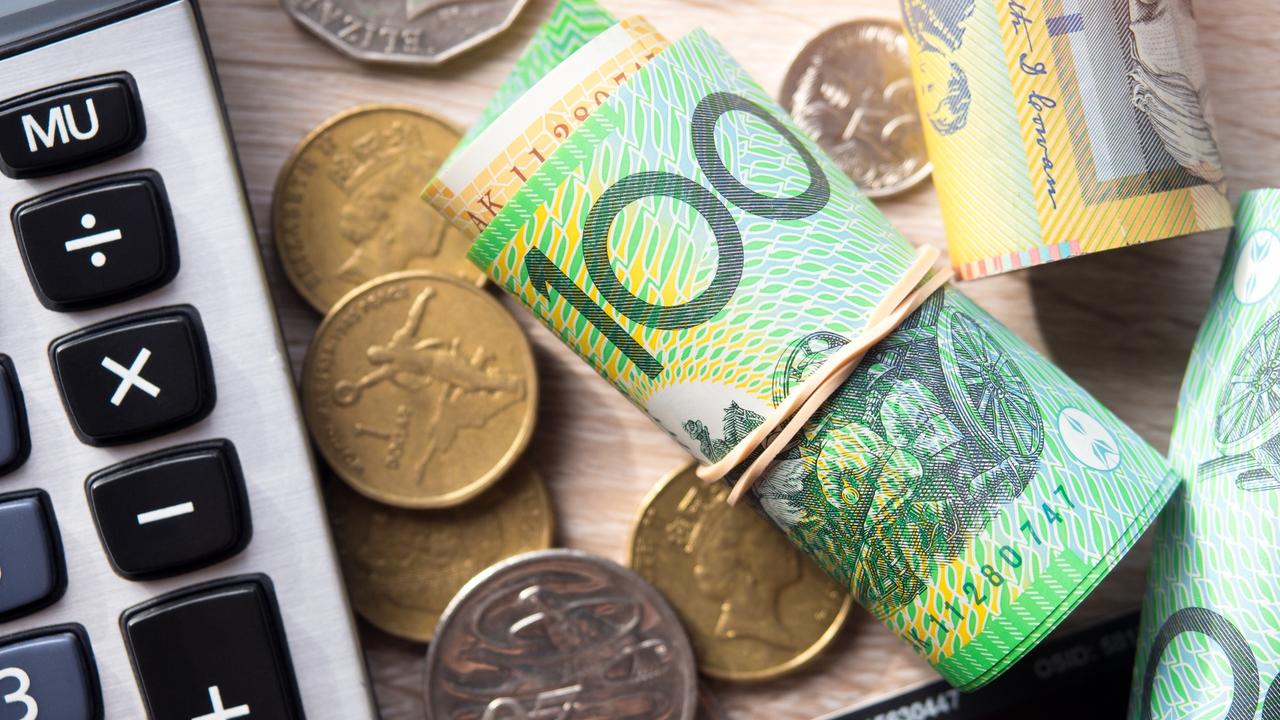The Coach explains ETFs and LICs

A: Listed investment companies (LICs) or listed investment trusts (LITs) are managed investment funds that can be bought and sold on the ASX on a similar basis to an ordinary share. LICs in Australia predominantly offer exposure to Australian and international shares but may include exposure to other asset classes such as property and fixed interest.
LICs are closed-ended so there are a finite number of shares available. LICs do not regularly issue new shares, so the price of the LIC not only reflects the underlying value of the portfolio of assets but also demand for the expertise of the investment manager.
While LICs are obliged to report their net tangible assets (NTA), the price of the LIC is determined by the buyer and the seller. Consequently, LICs will often trade at a premium or discount to their net tangible assets, which can be a major disadvantage depending on the prevailing demand for the LIC.
Exchange-traded funds can be bought and sold on the ASX on a similar basis as a LIC. The key difference is that ETFs are open-ended and the number of units in the fund is not fixed.
Consequently, the price is not determined by supply and demand or the expertise of the manager but rather the net tangible assets of the underlying portfolio of assets.
ETFs can be either “active” or “passive”. An active ETF portfolio manager ”actively” manages a portfolio of underlying stocks with the aim of outperforming the market.
A passive ETF seeks only to replicate an investment index.
As they are not trying to outperform the market, passive index ETFs offer a low-cost exposure to an investment market or asset class. Some of the most popular funds replicate the ASX 200, the S&P 500 and the Nasdaq Index. ETFs can also provide exposure to currencies, commodities, oil and energy and precious metals such as gold.
Unlisted managed funds still provide the largest range of investment options in the market. Offered either directly by the fund manager or via financial advisers, most do not charge entry costs. Adviser costs are negotiated between you and the adviser and should be based on advice costs, not product costs.
As an alternative to traditional managed funds, consider ASX mFunds. These are unlisted managed funds that are available to investors via the ASX.
Q: Do exchange-traded funds pay dividends?
A: Given that an ETF may hold hundreds of individual stocks within the fund, most ETFs pay out dividends quarterly or half-yearly in arrears on the basis of the number of shares you hold in the ETF at the time of the dividend distribution.
If there are 500,000 shares issued in an ETF and an investor owns 5000 shares of that ETF, the shareholder would be entitled to 1 per cent of the total dividends earned by the ETF within the applicable time period on a per-share basis.
For example, if you purchased shares in the BetaShares ASX 200 ETF (ASX Code A200) on April 2, 2020 and continued to hold the ETF until July 1, 2020, you would be entitled to all the quarterly dividends and distributions applicable to the underlying share holdings within this fund that applied as of the distribution date of June 30, 2020.
ETF companies will usually provide an estimate of dividends to be distributed approximately three days before the ex-dividend date.
As with ordinary shares, the ex-dividend price of the ETF will reflect the value of the shares after the dividend has been paid.
Dividends are typically distributed within two weeks of the ex-dividend date.
Distributions may incorporate dividends that may include franking credits and capital distributions that may qualify for capital gains tax discounts subject to you meeting the requisite criteria.
Your distribution statement will incorporate this information to assist you in completing your tax return.
Andrew Heaven is an AMP financial planner at WealthPartners Financial Solutions.
andrew@wealthpartners.net.au





Q: What is the difference between exchange-traded funds (ETFs) and listed investment companies (LICs) that can be bought and sold on the ASX?